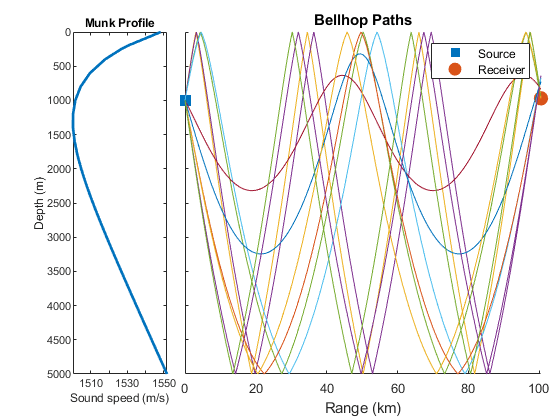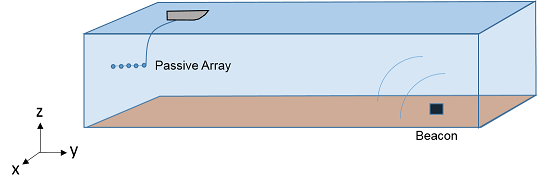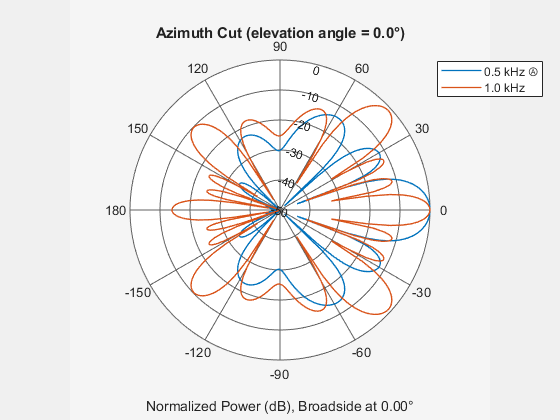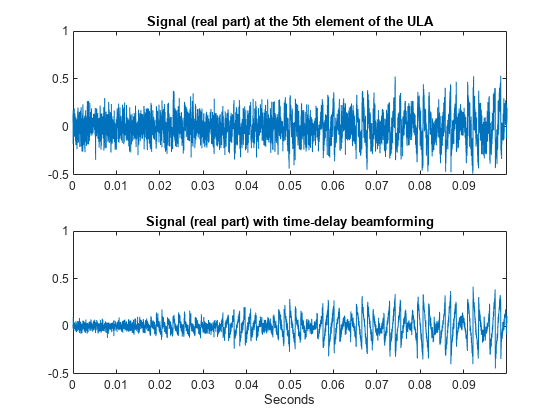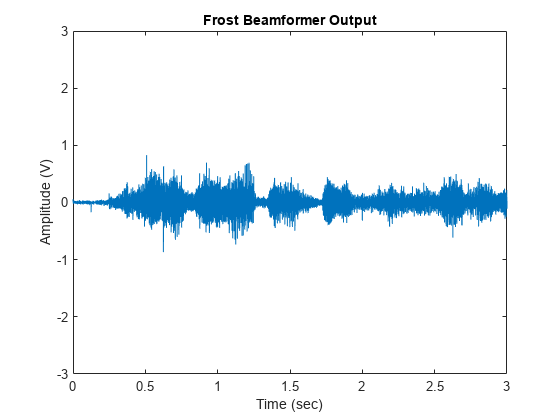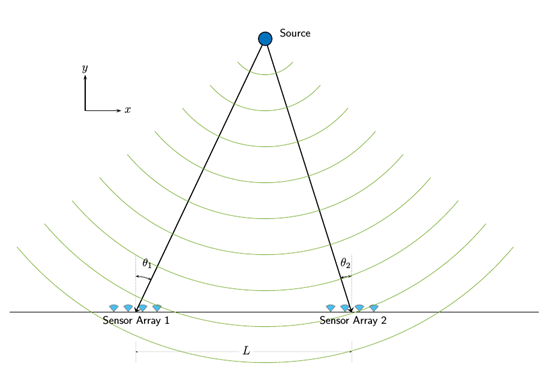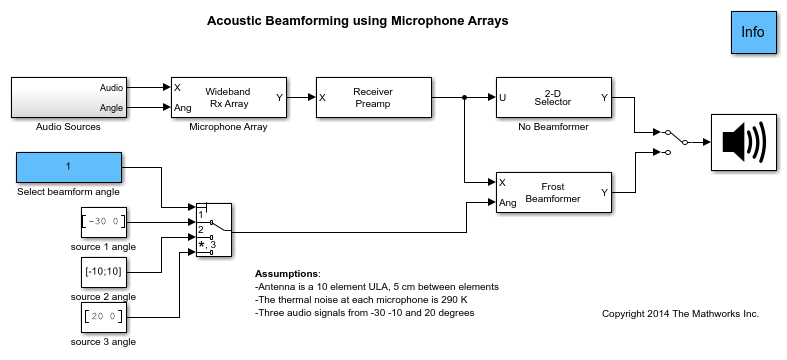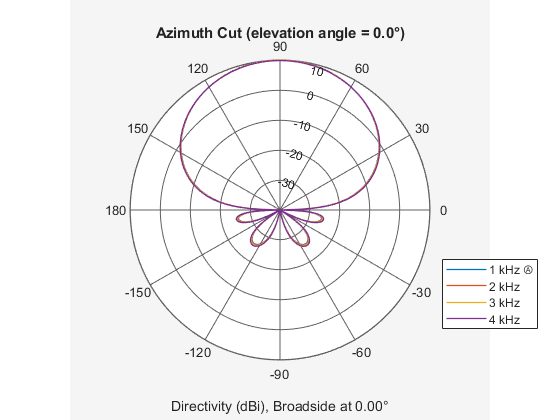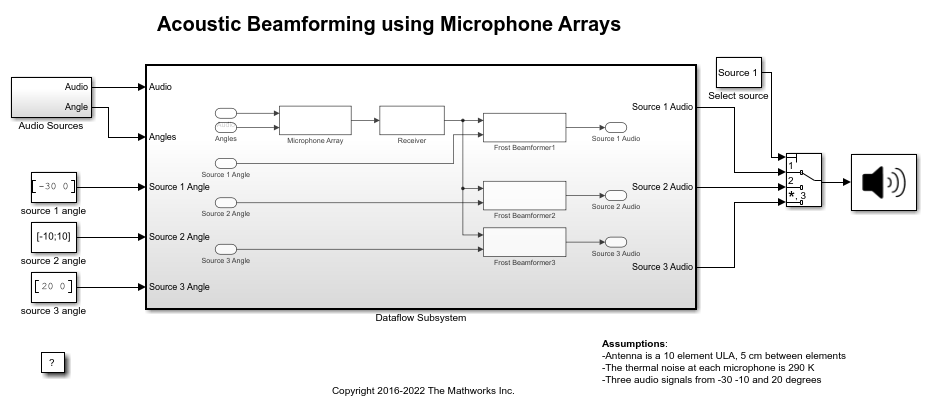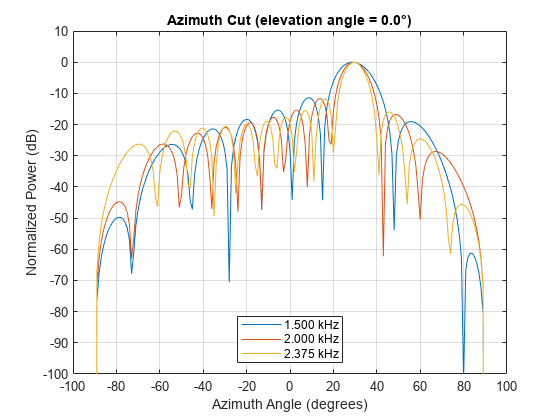Sonar and Spatial Audio
Acoustic arrays and beamformers, underwater channel propagation, sound
sources and receivers, sonar target strength, sonar equation
The Phased Array System Toolbox™ lets you model sonar systems from source to a receiver including the effects of target reflection, multipath propagation, and noise interference. These applications illustrate active and passive detection and localization.
